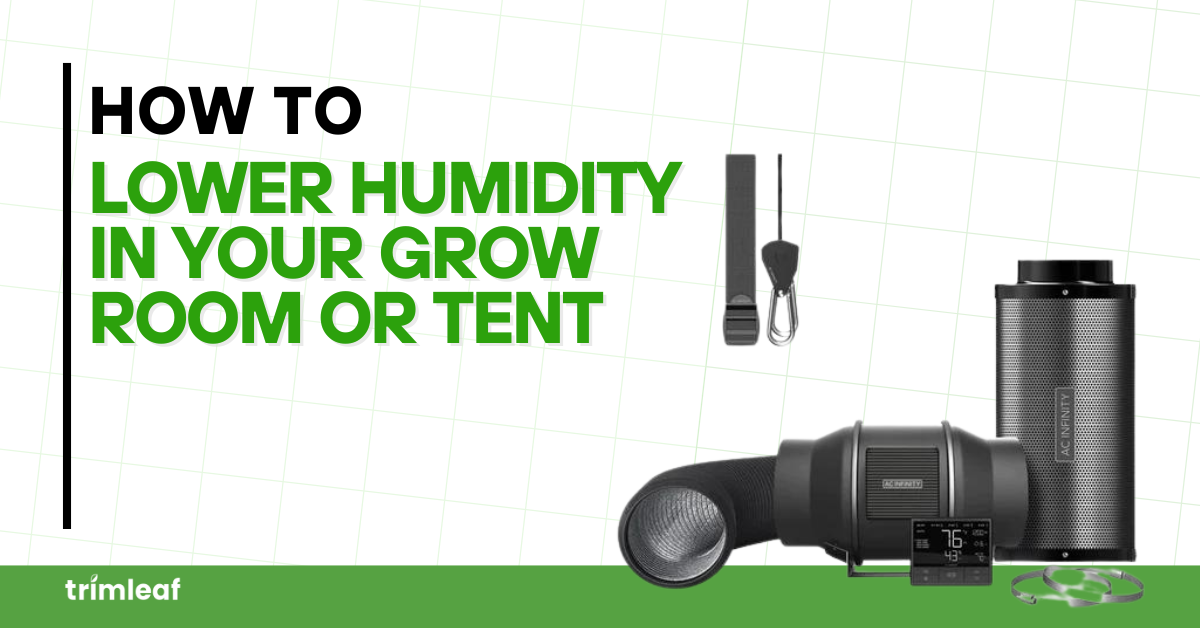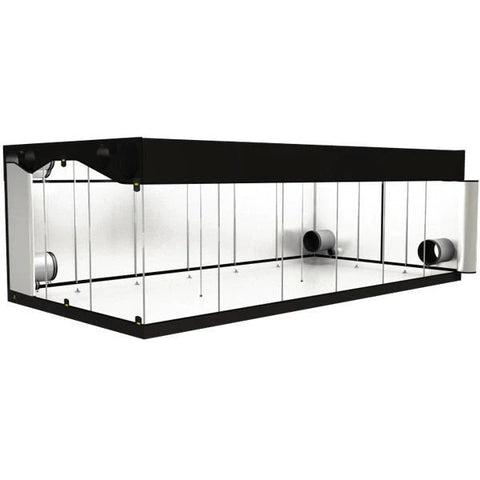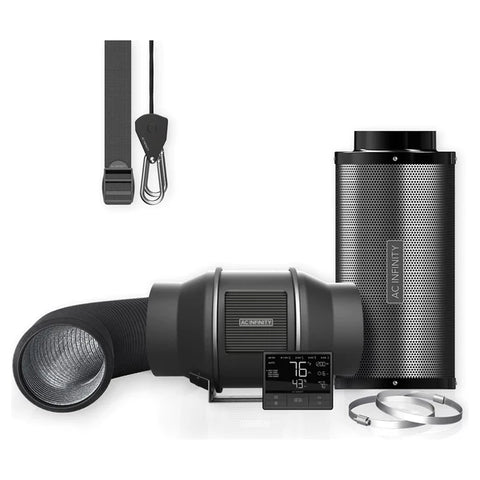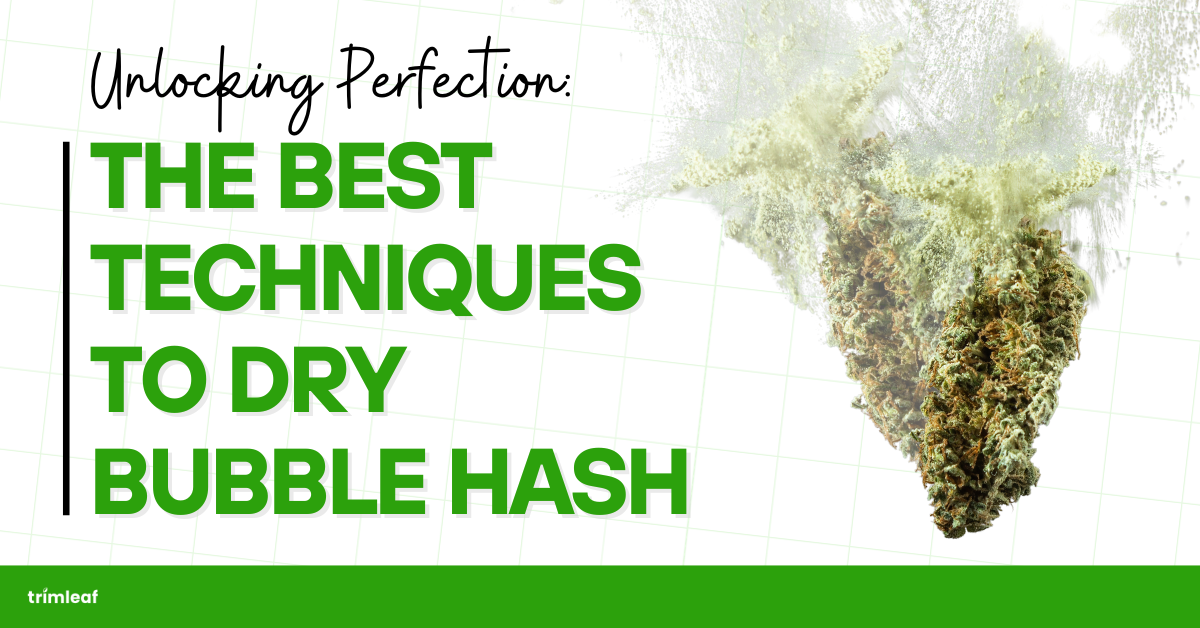
Creating the ideal indoor environment for plant growth involves overcoming various challenges. Aside from nurturing your seedlings, ensuring optimal conditions for their development is crucial to successful cultivation. Humidity, a critical factor in growing, plays a pivotal role in the health of your plants. Among the factors influencing plant growth, humidity is a vital element that demands attention.
Maintaining the proper humidity levels is akin to taming a beast, as high humidity can create issues within your grow room or tent. Mold and mildew develop, potentially threatening your entire crop. Pests may decide to call your plants home. Conversely, low humidity introduces different problems, making it challenging for plants to absorb the necessary moisture, jeopardizing nutrient absorption and overall growth.
Understanding the Impact of Humidity on Plant Growth
Humidity is a critical factor at every stage of growth. The proper humidity levels are indispensable for ensuring optimal development. Maintaining a specific humidity range during the seed stage fosters correct germination, laying the foundation for a robust root system. As plants progress to the vegetative stage, humidity plays a crucial role in supporting healthy leaf function and water evaporation. The flowering stage requires even less humidity for the plants to absorb the nutrients more efficiently.
Maintaining the ideal humidity range encourages proper germination and robust growth and optimizes critical processes like gas exchange and photosynthesis. Your plants can thrive without the looming threats of mold, mildew, and diseases with the right humidity level. Given this, recognizing the necessity of effective humidity control becomes crucial to ensure a vibrant and flourishing indoor garden.
Ways to Reduce Humidity Inside
Measure Humidity Levels
The first step to reduce humidity is to have a hygrometer. You cannot remove what you cannot measure; hence, a hygrometer will give you a relative humidity measurement. You can easily make the necessary adjustments by having an idea of humidity levels.
Environmental sensors and controllers are a good option for those in larger facilities. They provide a comprehensive approach to humidity management and keep track of other factors, such as temperature and CO2 levels. Such tools allow you to have a more holistic solution for the well-being of your plants. Once you have the appropriate measuring tools, you can focus on making adjustments.
Prevent Excess Moisture
First, avoid overwatering to prevent high humidity. Adjust your watering practices to ensure you're not introducing excess moisture into the growing area. Clear drainage holes regularly to prevent water accumulation. You want excess water to drain fast, and clearing the drainage holes helps make dehumidification easier.
Consider adjusting plant density for optimized air circulation. Thinning out your plants can enhance air circulation, reducing the likelihood of high-humidity pockets. This also ensures each plant receives adequate space for optimal growth.
Remove stagnant water that accumulates inside your grow room or tent. Look for spots where stagnant water may accumulate, including plant saucers and your tray. Ensure they are drained regularly to ensure that humidity is reduced.
Optimize Air Circulation
Consider improving ventilation by using fans and opening windows and doors. Take advantage of natural ventilation when possible to expel moisture. You can boost this further by adding exhaust fans to remove stale air and bring fresh air in.
Dehumidification
If the humidity is too high, consider using dehumidifiers. Dehumidifiers are designed to suck out water in the air efficiently. Look for a dehumidifier with a pint capacity equal to or greater than the amount of water introduced when watering.
Plant Management (Last Resort)
Lastly, defoliate plants to reduce water uptake. This should be considered a last resort, as you do not want to harm your plants. Make sure you use a good pair of shears to prevent plant damage.
Conclusion
Mastering humidity control in grow rooms and tents is essential to successful indoor gardening. Knowing how much water is introduced and where it accumulates is the key to getting good results. For best results, it's always best to ensure exact measurements of water so that you don't have to work too hard to remove the excess moisture.
Understanding humidity and how it affects your plants prevents potential damage and ensures efficient nutrient absorption and vibrant harvests. While vital, the nice thing about fixing humidity is that you can act upon it quickly before any damage becomes critical.







